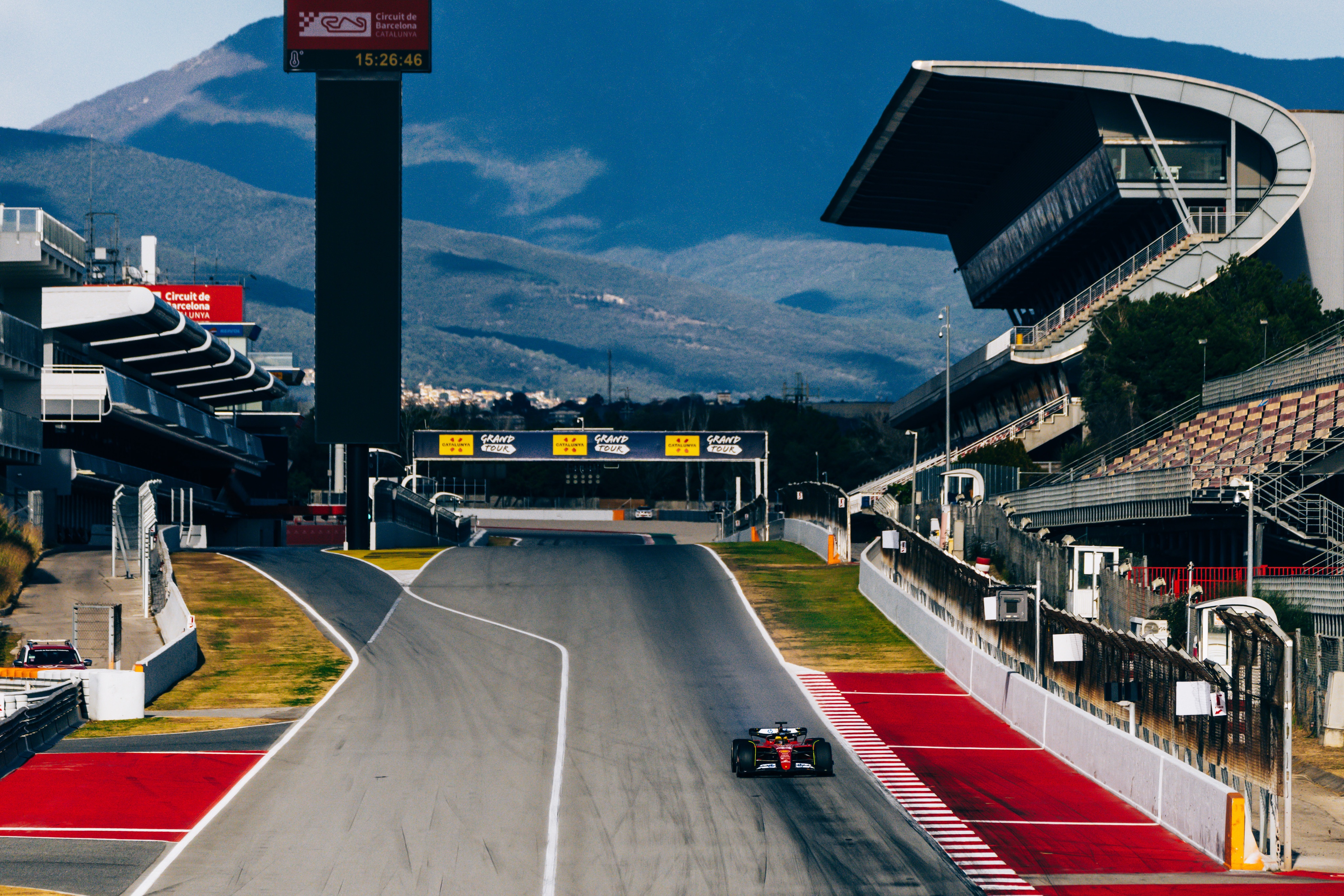Lewis Hamilton returns to drive a Ferrari, and for the primary time, he does so aboard the SF-24. In contrast to the current TPC checks, which concerned using automobiles no less than two years outdated, the continuing checks in Barcelona are a part of Pirelli’s improvement program for the 2026 tires, with McLaren additionally taking part. The automobiles on observe are 2024 fashions, however in a particular configuration designed to duplicate, as a lot as attainable, the traits of subsequent yr’s automobiles.
The 2026 updates
The goals of the check require vital modifications to the automobiles, limiting references to the earlier season, and, in Lewis Hamilton’s case, the familiarization with the most recent Ferrari. Probably the most vital distinction considerations the tires, which have been revised in development and compound, being very completely different from the present ones. For 2026, Pirelli has chosen to proceed with the 18-inch diameter wheels, narrowing the entrance tires by 25 mm and the rear ones by 30 mm. Regardless of this discount, nonetheless, the automobiles in Barcelona don’t function any modifications to the braking system.
The 2026 tires are designed to work underneath completely different masses than the present ones. Particularly, the next-generation automobiles will use energetic wings at each the entrance and rear, considerably decreasing aerodynamic load in straights. Nevertheless, Pirelli’s focus is on the stresses skilled in corners when the automobiles shut the wings, transitioning to a configuration with increased aerodynamic load. “Now we have targeted our evaluation on the high-load mode, which at present exhibits values about 15% decrease than the present ones,” defined Mario Isola. Therefore, the necessity to conduct the event checks on the 2024 automobiles in a particular low-downforce setup.
Larger and lighter automobiles
The distinction in aerodynamic load between the intermediate configuration and the low-downforce one usually utilized in Monza is about 10%. In Barcelona, Ferrari and McLaren are working with an much more aggressive setup, decreasing the wing profiles as a lot as attainable, however not solely that. By elevating the journey peak by only a few millimeters, they lose some load, approaching the anticipated values for 2026.
Elevating the present automobiles can be purposeful to a different objective of the Pirelli checks. The upcoming laws may encourage groups to make use of floor impact much less aggressively, elevating the ground to work farther from the bottom. “There are completely different opinions about it; work is being accomplished in sure instructions, nevertheless it’s nonetheless not fully clear,” mentioned Haas Technical Director Andrea de Zordo in a current interview for the Italian media. “They most likely received’t be as little as they’re now, however maybe not as excessive as they as soon as had been.”
The 2026 automobiles may very well be taller and fewer inflexible than the present ones, which, working very near the bottom, require robust stabilizing motion from the suspension system. Subsequently, Pirelli has each curiosity in elevating the 2024 automobiles within the checks and softening their suspension changes, elements that significantly have an effect on how forces are transmitted to the tires. One other necessary distinction between the Ferrari and McLaren that fought for the title in Abu Dhabi and people at present testing in Barcelona.




